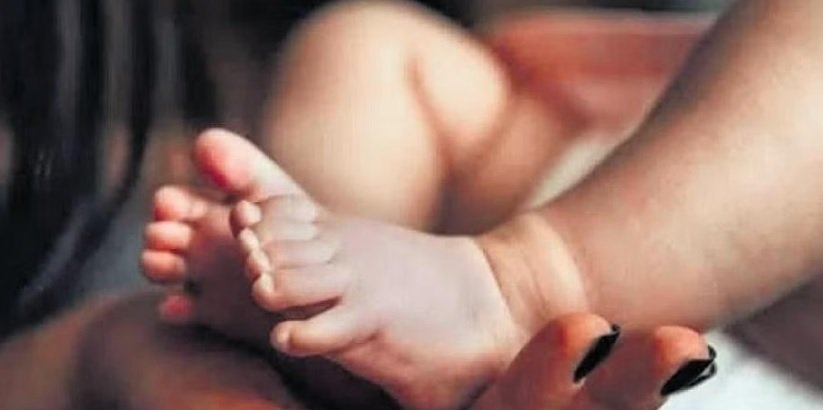One in eight children aged two to nine years in India is said to be affected with neuro developmental disorders, adversely affecting their cognitive and behavioural development.
NEW DELHI: One in eight children aged two to nine years in India is said to be affected with neurodevelopmental disorders, adversely affecting their cognitive and behavioural development.
To address this issue, researchers at Ashoka University, in collaboration with Ram Manohar Lohia (RML) Hospital in New Delhi, are developing early-warning metrics that can predict cognitive or other neurodevelopmental differences in high-risk infants.
Thanks to this collaboration, RML Hospital has established India’s first-of-its-kind infant laboratory to conduct research studies in developmental and behavioural paediatrics related to early identification and intervention for high-risk infants by improving their neurodevelopmental outcomes.
This is important to advance the quality and continuum of care available to high-risk infants and their families. The project aims to pinpoint objective measures that are reliable to red flag or predict any risks for potential developmental delays in high-risk infants. These critically ill and fragile newborn babies need prolonged hospitalisation and require special healthcare or dependence on technology to save them and reduce medical morbidities.
The early risks are caused by adversity during pregnancy leading to preterm births or low birth weight or other risks caused during or after delivery and can affect brain growth. These can manifest at later stages as developmental differences affecting their linguistic development, cognitive abilities, social-emotional growth, or an overall delay across multiple areas of development.
For early identification, clinicians require assessment tools to help detect these neurodevelopmental differences. To assess the cognitive processes in high-risk infants, researchers use non-invasive and easy-to-use techniques like eye-tracking. The eyes are a window to the brain. By recording eye movements, it becomes possible to accurately assess cognitive processes to catch any anomalies in brain functions starting from three months.
According to Madhavilatha Maganti, Assistant Professor of Psychology at Ashoka University, “The first two years are incredible as babies achieve milestones from crawling to sitting to walking, and from cooing to saying their first words. Infants are busy exploring and learning, developing their motor skills, and beginning to communicate with the world around them. This is the most important period of the lifespan, laying the foundation for future physical, cognitive, and linguistic abilities.”
According to studies, the prevalence of neurodevelopmental disorders in children aged from 2-9 years ranges from 12-18%. A study showed that one in every eight children in India might be at a higher risk for one or the other conditions like vision impairments, epilepsy or seizures, neuromotor impairments like cerebral palsy, hearing impairments, speech and language disorders, autism spectrum disorders, intellectual disability, attention deficit hyperactivity disorder, and learning disorders.
“We want to understand how this developmental feat happens and look at how the brain changes and adapts to support this remarkable developmental change. Infant neural development is rapid, and infants’ brains are incredibly plastic in the first year of life,” Maganti told this newspaper. Most of the current tools are less than ideal and rely heavily on motor development.
